

Revolutionizing Metal Casting with Advanced Die Materials The metal casting industry continues to evolve with innovative technologies and materials that enhance production efficiency and product quality. Among these advancements, graphite dies have e...
VIEW MORE
Understanding Die Materials in Manufacturing In the world of manufacturing and metalworking, the choice between graphite die and steel die can significantly impact production outcomes, costs, and efficiency. These two materials have distinct characte...
VIEW MORE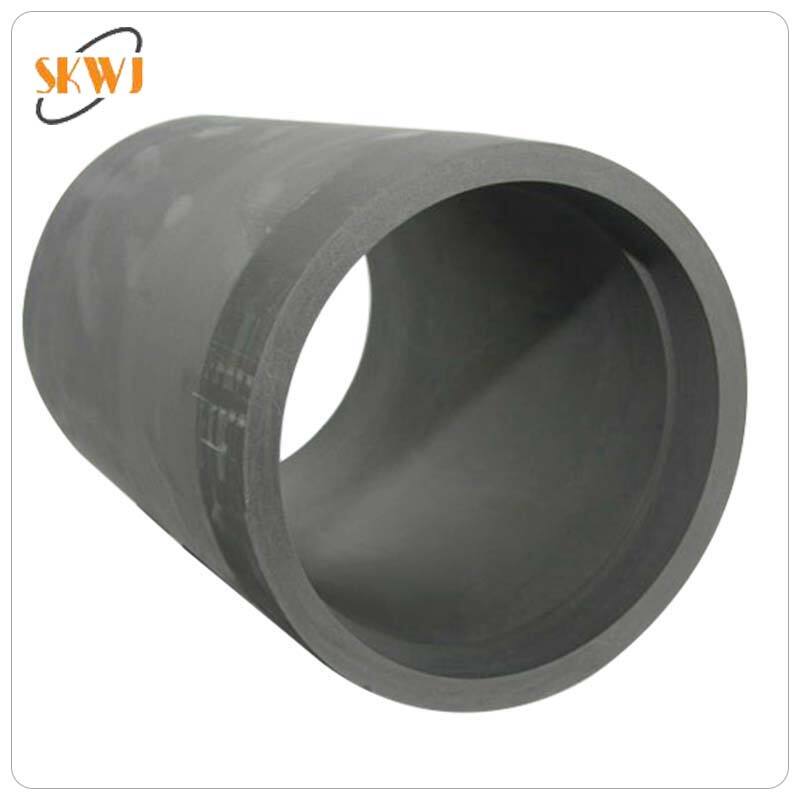
Understanding the Power of Graphite Dies in Modern Manufacturing In the ever-evolving landscape of industrial manufacturing, the choice of materials and tools can make a significant difference in production efficiency and output quality. Among these ...
VIEW MORE
The Essential Role of Graphite in Modern EDM Applications Electrical Discharge Machining (EDM) has revolutionized the way manufacturers approach precision engineering, and at the heart of this technology lies the crucial role of graphite blocks. Thes...
VIEW MORE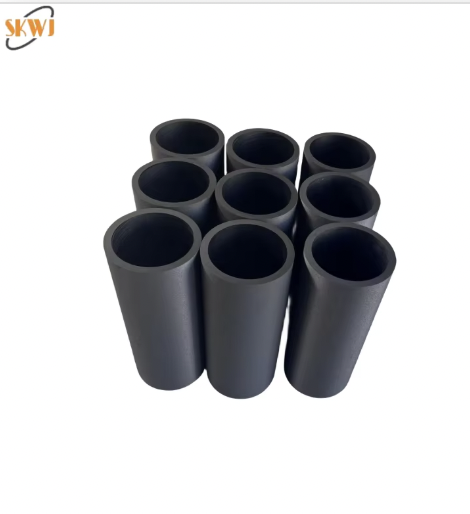
Understanding the Versatility of Industrial Graphite Materials Industrial graphite blocks represent one of the most versatile and essential materials in modern manufacturing and industrial applications. These specialized carbon-based materials combin...
VIEW MORE
Understanding the Essential Role of Graphite Crucibles in Metal Casting In the intricate world of metal casting and foundry operations, graphite crucibles stand as indispensable tools that enable the transformation of solid metals into molten states ...
VIEW MORE
Understanding Crucible Materials in Modern Metallurgy In the realm of metallurgy and materials processing, the choice between graphite crucible and ceramic options represents a critical decision that can significantly impact the success of melting op...
VIEW MORE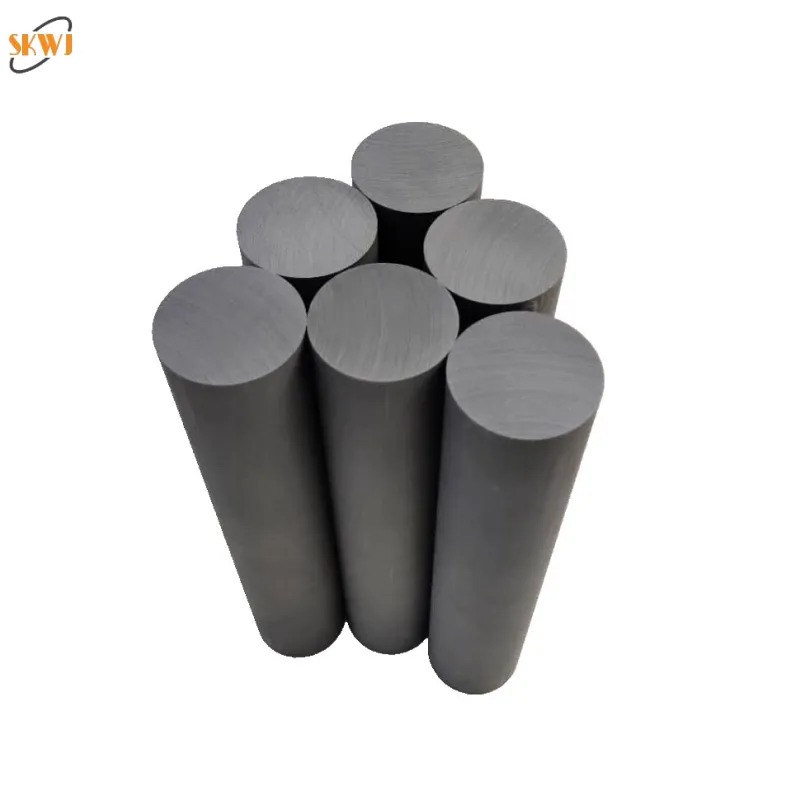
Understanding Graphite Crucibles in Metal Processing Graphite crucibles have become indispensable tools in modern metallurgy and metal processing industries. These specialized vessels, crafted from high-quality graphite material, serve as containers ...
VIEW MORE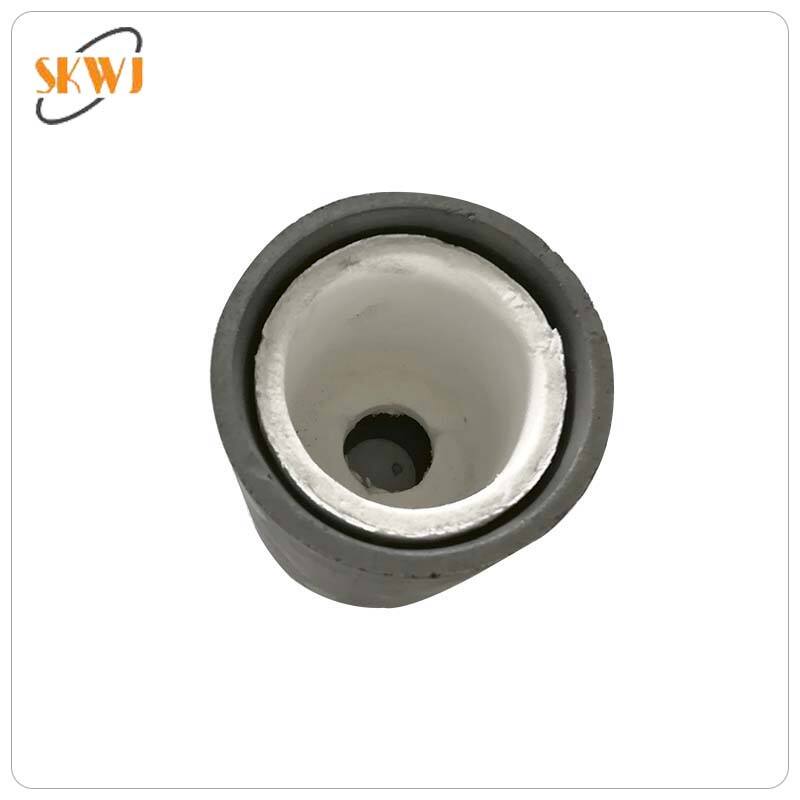
Exploring the Versatility of Graphite in Industrial Lubrication and Sealing Graphite has long been recognized as one of the most versatile materials in industrial applications, particularly in the fields of lubrication and sealing. Its unique molecu...
VIEW MORE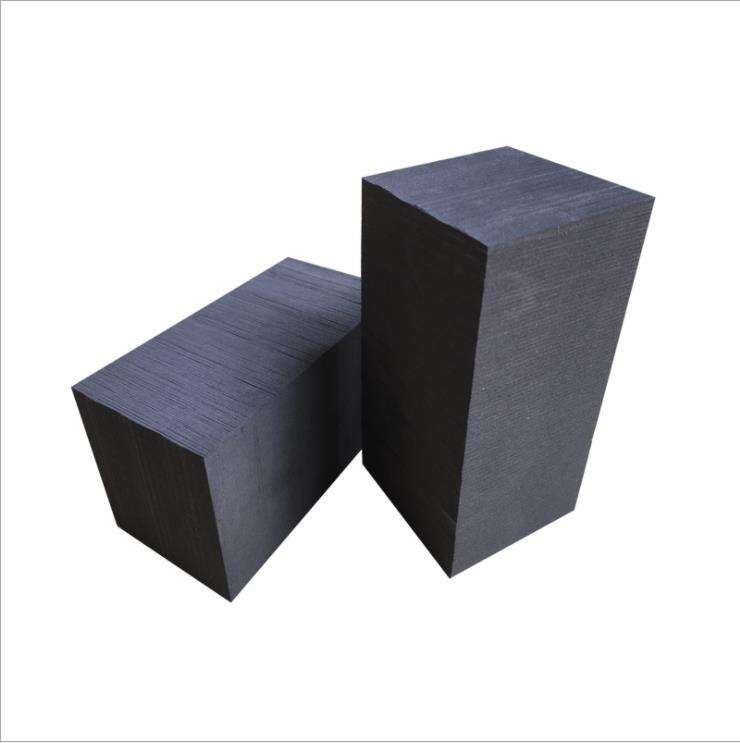
Exploring the Superior Material Choice for High-Temperature Equipment In industrial thermal systems, material selection is paramount to achieving operational stability, efficiency, and durability. For furnace applications, where exposure to extreme ...
VIEW MORE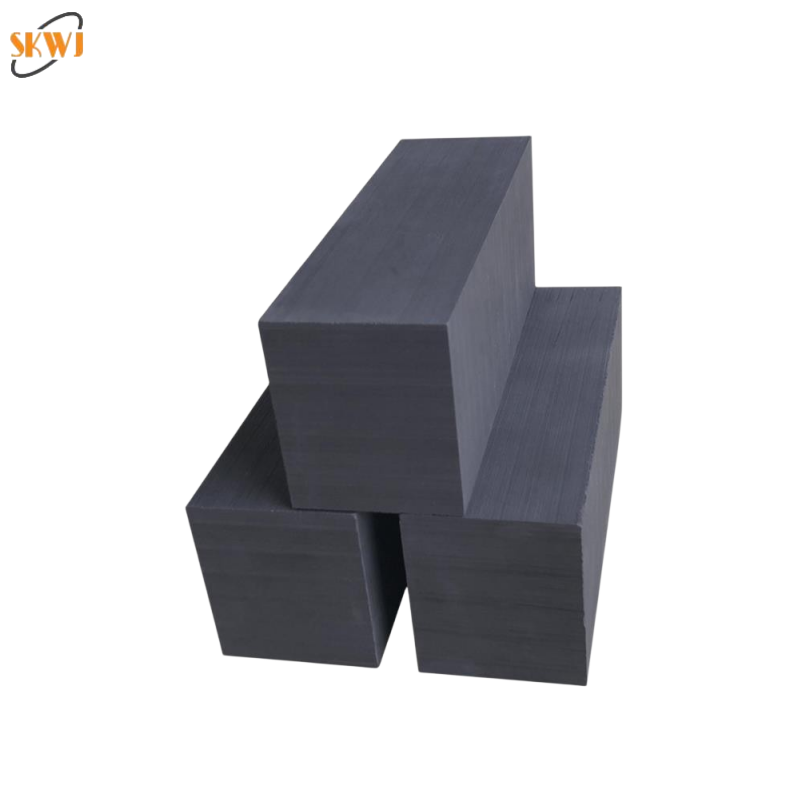
Understanding the Heat Transfer Efficiency of Carbon-Based Materials In high-temperature and precision-demanding industries, the selection of thermal management materials plays a vital role in operational efficiency. Graphite blocks, known for their...
VIEW MORE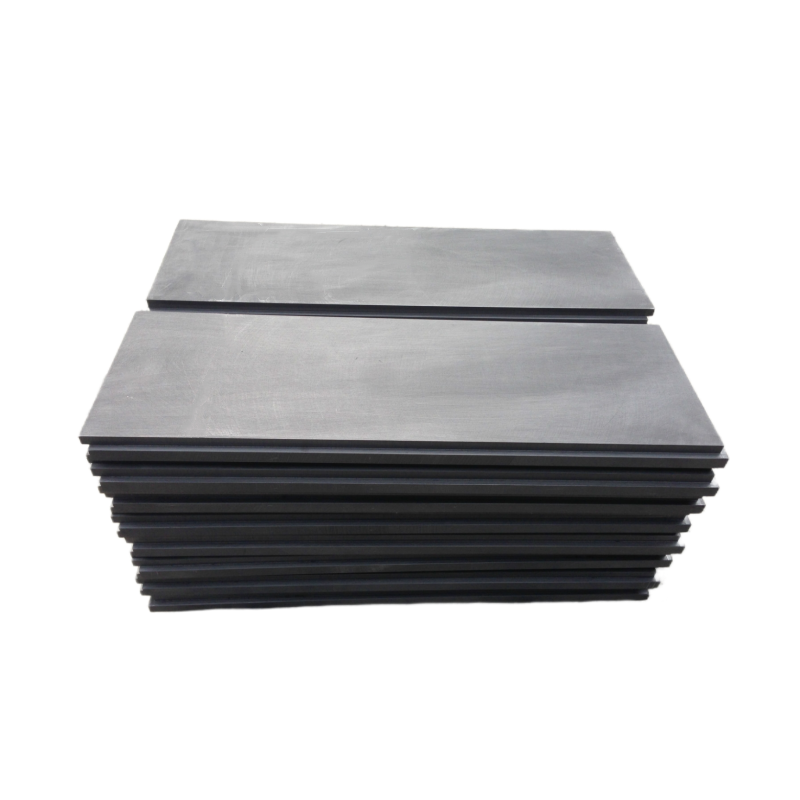
Evaluating Material Choices for Industrial Efficiency and Cost Savings In industrial engineering, material selection has a direct influence on production efficiency, operational safety, and long-term costs. Whether for machining, thermal insulation,...
VIEW MORE
